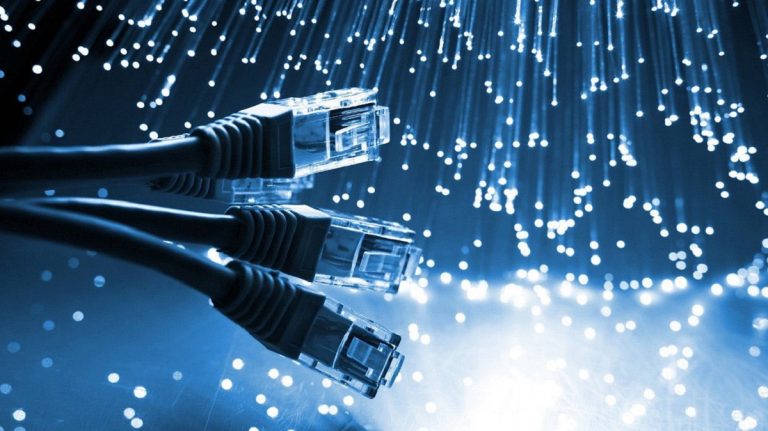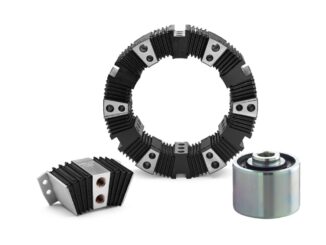Learn about Digital Subscriber Line (DSL), and why this high-bandwidth technology is important to the future of data delivery.

DSL stands for Digital Subscriber Line, a telecommunications service that transforms an ordinary telephone line into a high–speed channel for data, voice and video. One of the fastest growing high–speed technologies, it has attracted a wide variety of customers, both business and personal internet users.
DSL: the high speed channel for data
For effective use of DSL services, it is imperative that your business or home, needs to be closely located to the service provider’s central office. The service provider houses all the necessary equipment such as switching equipment, that connects everyone to the company’s network.
DSL Internet services can be mainly classified into two categories – asymmetric DSL and symmetric DSL. The former (ADSL) is deal for home Internet users predominantly, it provides more network bandwidth for downloading than uploading. As the bandwidth available upstream (sending) is reduced, network providers are able to offer more bandwidth downstream (receiving). At the same time symmetric DSL (SDSL) provides the same network bandwidth for both upstream (sending) and downstream (receiving). However, they are more expensive. SDSL is most suited for business applications and enterprises, as it increases productivity and flexibility. With quicker downloads, SDSL saves a lot of time.
Pros and Cons of the DSL
DSL is a cost-effective option as it uses an existing phone line. DSL offers many advantages, for example High–speed Internet bandwidth as compared to a Dial up Modem, about 25 times higher. Also, The telephone lines are not affected by the network bandwidth – they are independent. You can remain online, yet use the phone line for regular calls.Then, you can connect multiple computers on a network to a single DSL line.
Among the few drawbacks, there is the need for proximity. The effectiveness of a this connection is closely linked to the proximity to the DSL service provider. The farther you are away from your provider, the less effective the services will be. Then, If your business requires uploading of large files or high volume of data, this technology can be very impractical to use. Uploads are much slower than downloads. Due to the fact that DSL lines use telephone lines for data exchange, the connections can be spotty or busy during heavy usage of telephones.
Hence, depending on the nature of your usage, business and internet needs, you should evaluate your needs. DSL can be pretty beneficial and cost-effective if you rely on downloading of data. Choose your communication technology wisely.
READ MORE:




